Driver Reviews
Review: Callaway XR and XR Pro Drivers
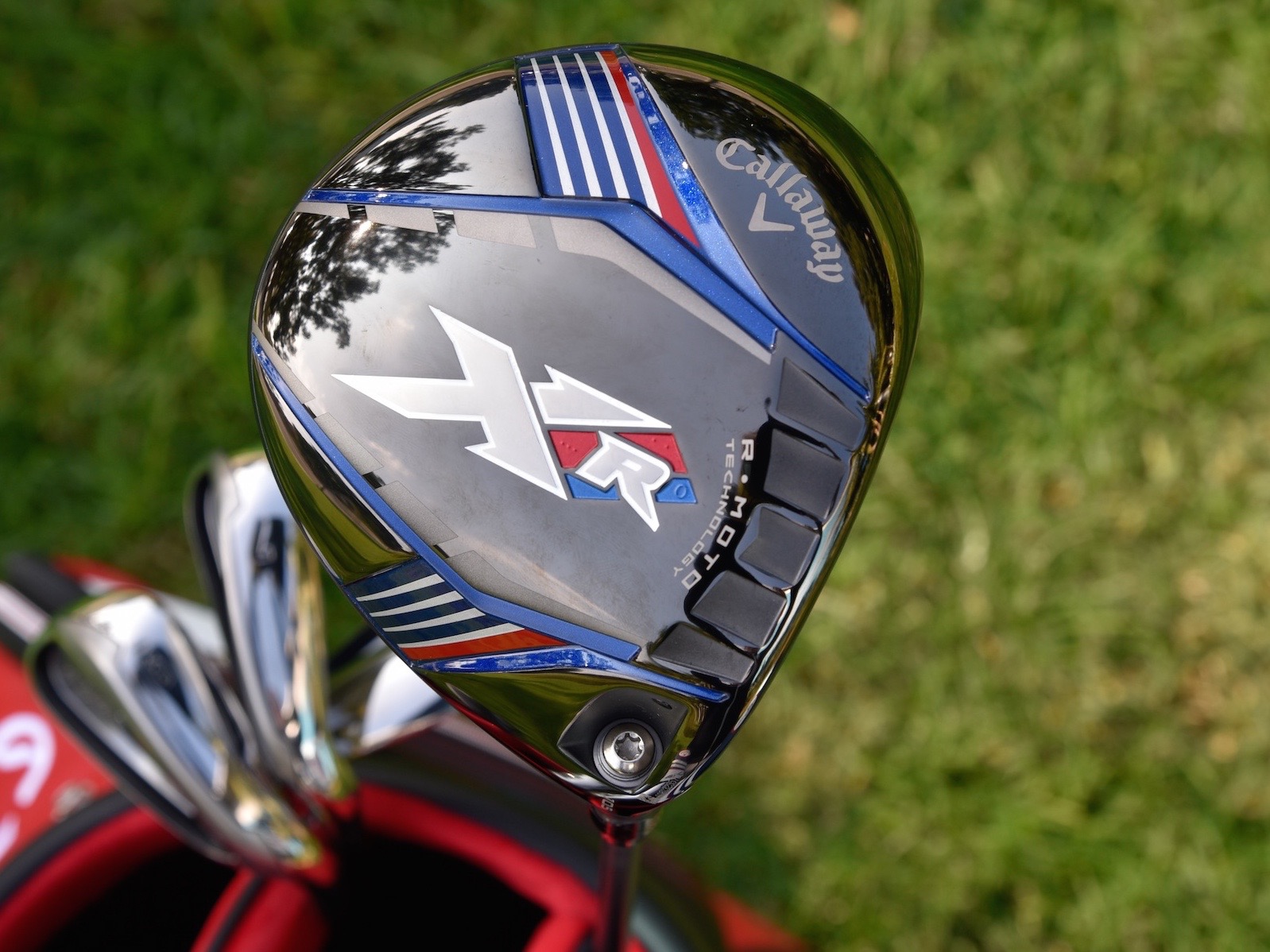
Pros: The XR driver (460cc) does everything well, but it excels at forgiveness. The XR Pro (440cc) is similar, but it has a smaller, better player-inspired shape and will work well for golfers who need less spin. Both heads come with great stock shafts.
Cons: Neither are as adjustable as Callaway’s Big Bertha Alpha 815 drivers. The XR has a 46-inch stock shaft length that will be too long for many golfers.
Who’s it for: The XR ($349.99) and XR Pro ($399.99) are more affordable than Callaway’s Big Bertha Alpha 815 drivers, so if you don’t want or need wide-ranging adjustability, the XR line will be a better option.
Callaway’s XR Driver was voted a 2015 Gear Trials: Best Driver. It was considered one of the Top-7 drivers currently available by our 2015 Gear Trials Panel.
The Review
It’s fools logic to equate price with production. The XR series bears witness to such thought. With a not-so-premium price of $349.99 (XR) and $399.99 (XR Pro), both drivers offer a tremendous amount of performance without the $450+ price tag of the Big Bertha Alpha 815 drivers.
Callaway markets the XR and XR Pro with the theme of speed, and it’s a claim that can’t be denied. Both drivers have the company’s lighter R*Moto faces that save valuable weight over previous models. The weight is then redistributed in certain areas — more rearward in the XR, and lower in the XR Pro — to create drivers that are higher-launching, lower-spinning and more forgiving.
Both clubs also utilize aerodynamic modifications to the head, but only the XR has Callaway’s Speed Step Crown. On the surface, the omission of the Speed Step Crown on the XR Pro driver is curious, but there’s a reason why the the XR gets it and the XR Pro does not, according to the company.
[quote_box_center]”In all-titanium drivers [like the XR], a low center of gravity is more difficult to achieve and therefore often results in shapes with lower crowns that are less aerodynamically efficient, which is why the Speed Step was more effective in that application,” said Evan Gibbs, Callaway’s senior manager of product performance. [/quote_box_center]
The XR Pro, on the other hand, has a smaller head (440cc) and a more aerodynamic crown shape. Callaway engineers also gave the XR Pro a Forged Composite crown, which helped with the ultimate goal of giving the XR Pro a CG that was as low as possible.
So how do you know if you’re an XR or an XR Pro guy? It could come down to shape, performance, or both. At address, the XR Pro looks like Callaway took the XR and just pinched the corners a bit. I prefer the look of the XR Pro at address — it might be my favorite looking driver of 2015 — but the majority of players will do better with an XR in their hands. It’s larger size (460cc) will provide valuable forgiveness on mishits, as well as more confidence at address.
If you’re worried about the look of the Speed Step Crown at address, you can stop worrying now. It’s quite noticeable in our photos, but you’ll hardly see it at address after a few rounds with the club. Your eyes will move to Callaway’s signature chevron alignment aid. Thanks to the matte black paint job, the XR is the cleanest, busiest driver crown I’ve seen, if you catch my drift. Some will think the Speed Step Crown cool, and others won’t, but you have to give Callaway credit for trying something new.
Stock Shafts
The XR and XR Pro’s stock shafts are well-matched, like a spicy Syrah and porterhouse. The Project X LZ in the XR Pro was very impressive to me. Offered in R, S and X flex, I’m surprised it hasn’t gotten more love in the GolfWRX Forums.
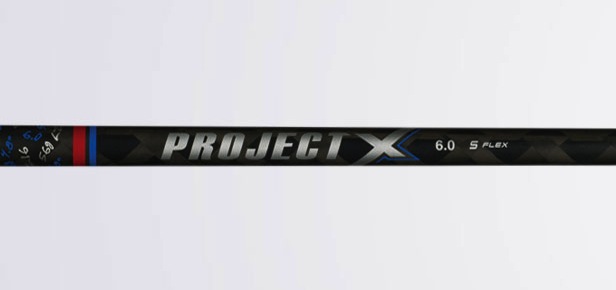
The LZ stands for “loading zone,” a specific section in the middle of the shaft that is designed to maximize how the shaft loads and unloads during the swing without any loss in stability. I found the shaft to be lively, responsive and stable, while providing a medium-high trajectory. The stiff (6.0) did seem to have a speed limit right around 105 MPH. If you push 110 consistently and have a mid to late release, the stock 6.5 (X flex) will be a better choice.
The XR comes with a slightly softer-tipped and lighter Project X LZ shaft, which is available in light, regular and stiff flexes, and is created for golfers who need more height from their drives. It should be noted that if you purchase before June, Callaway has a nice list of no “upcharge” options — 9 on the XR and 11 on the XR Pro.
Performance
As you’ll see in the launch monitor data below, both the XR and XR Pro produced excellent monitor numbers. My gamer driver, a Cobra Fly-Z+, was a bit longer, but remember that it’s been custom fit to me, whereas the XR and XR Pro drivers are totally stock setups.
As promised by Callaway, the XR Pro driver was noticeably lower spinning, creating almost 600 rpm less spin. But you’ll see that my average ball speed was higher with the XR, due to its higher moment of inertia (MOI), a measure of forgiveness, or ball speed retention on mishits.
As with any adjustable driver, it’s imperative that the player spend time finding the optimal combination of loft, lie and face angle. It’s likely that you’ll resonate to a particular setting even if it isn’t the one you thought was initially most obvious. It’s crazy that these drivers, which have eight different loft/lie combinations, are Callaway’s least adjustable driver models. Ultimate tinkerers might want for more, but for 99 percent of the population, eight is indeed enough.
The Numbers
Driver: Callaway XR (9 degrees, standard settings)
Stock Shaft: Project X LZ (Stiff)
- Average Ball Speed: 161.4 mph
- Average Swing Speed: 110.5 mph
- Average Backspin: 3510 rpm
- Average Launch Angle 15.5 degrees
- Average Carry Distance (at 5000 feet): 285 yards
- Estimated Carry Distance at Sea Level: 256.6 yards
Driver: Callaway XR Pro (9 degrees, standard settings)
Stock Shaft: Project X LZ Pro 6.0
- Average Ball Speed: 162.7 mph
- Average Swing Speed 109.8 mph
- Average Backspin: 2975 rpm
- Average Launch Angle 14.1 degrees
- Average Carry Distance (at 5000 feet): 287 yards
- Estimated Carry Distance at Sea Level: 258.3 yards
Gamer Driver: Cobra Fly Z+ (Set to 8.5 degrees, neutral face angle)
Gamer Shaft: Veylix Rome Roughneck 7RA
- Average Ball Speed: 164 mph
- Average Swing Speed 110.8 mph
- Average Backspin: 2720 rpm
- Average Launch Angle: 13.5 degrees
- Average Carry Distance (at 5000 feet): 288 yards
- Estimated Carry Distance at Sea Level: 259.2
The Takeaway
It’s not just about the XR and XR Pro. Don’t get me wrong: they’re both fantastic clubs and if you take a peak in the bag of Callaway staffers, it’s clear they agree. That said, what’s really going on here is Callaway is firmly establishing itself as the OEM with the deepest, widest and most varied driver line up of 2015. From the V-Series to the Big Bertha Alpha 815 and 815 Double-Diamond to the XR and XR Pro, there is a high performing Callaway driver for absolutely every player out there.
[wrx_buy_now oemlink=”http://www.callawaygolf.com/golf-clubs/drivers-2015-xr.html” oemtext=”Buy it from Callaway” amazonlink=”http://www.amazon.com/gp/product/B00QRJAAIK/ref=as_li_qf_sp_asin_il_tl?ie=UTF8&camp=1789&creative=9325&creativeASIN=B00QRJAAIK&linkCode=as2&tag=golfwrxcom-20&linkId=OD4BSGQNK44CO57U”]
- LIKE284
- LEGIT50
- WOW16
- LOL11
- IDHT13
- FLOP11
- OB10
- SHANK76
Driver Reviews
GolfWRX Spotlight: Tour Edge Exotics C721 driver

Tour Edge’s Exotics line of high-end golf clubs has been known for excellent fairway wood and hybrid performance over the years. The Chicago-based company has been consistently putting out high-quality products, and golfers are really taking notice. The new line of C721 drivers, fairway woods, and hybrids take yet another big leap forward from last year’s EXS line.
The new C721 driver takes a lot of technology from the 2020 EXS line and further refines and expands on it. I know it is a little cliche when companies say every model is their best ever, but Tour Edge is 100 percent right this time.
When unboxing the C721 the first thing I noticed was the much-improved looks and shape over the previous Tour Edge drivers. The biggest change to my eye is the added bulge, giving a more rounded and softened topline.
The overall shape of the C721 is slightly stretched from front to back, giving it just a hint of a triangular look. The Ridgeback is a titanium spine flanked by two carbon fiber wings that add stability and forgiveness to the head, but they can also work together and an additional aiming device to ensure you are lined up down the center of the fairway.
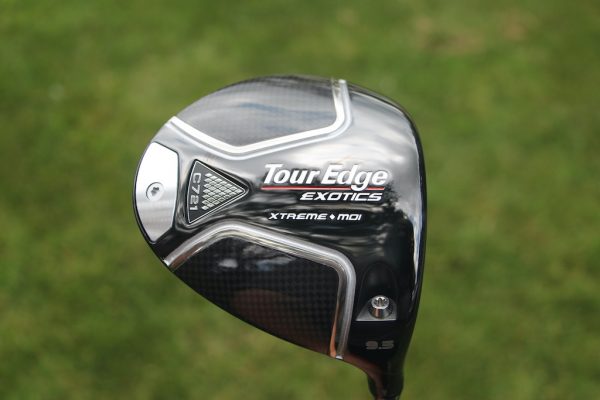
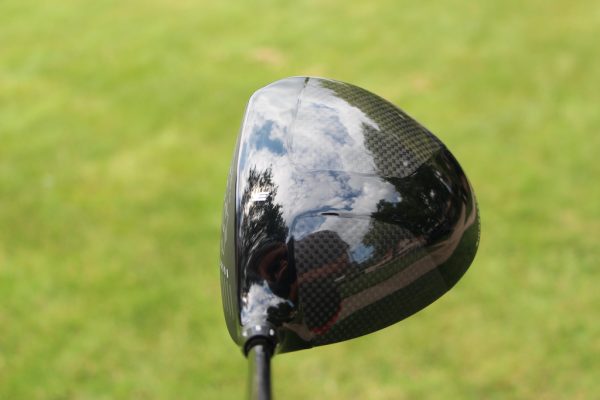
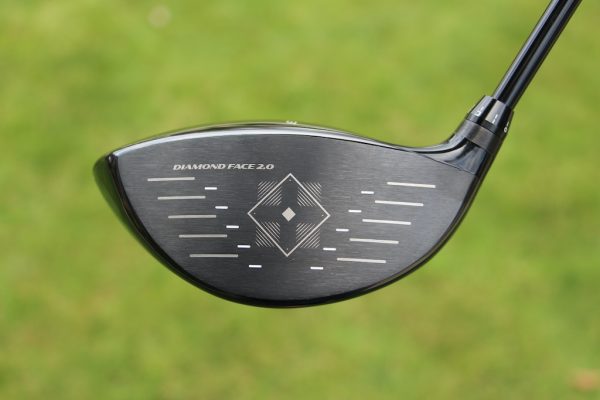
Getting the C721 out on the course is where you really start to appreciate all the technology that went into this driver. Well-struck shots are very long, very boring, and will hang with anything out on the market today. Center contact is rewarded with a long and very low spin shot that is just fun to hit.
The sound and feel are very solid, you can really feel the ball compress on the face as it leaves at high speed. The sound is more of a muted crack and much quieter than I anticipated. If you practice on an enclosed range your ears will thank you for your choice in drivers. Shots hit away from the center of the face retain a lot of ball speed and stay online really well.
My miss is low on the heel and those misses stayed in the air fairly well and went a good ways. Shots hit down on the heel or higher on the toe side still stay online really well due to the Ridgeback spine and rear weight. The C721 is just slightly higher than mid-launch for me, but the low spinning head never allowed my shots to balloon or rise even into the wind. I do wish the face was just a touch deeper as I had to play with my tee height in order to find the optimal setup. The better players will enjoy the neutral weighting and there seems to be very minimal draw built into the driver.
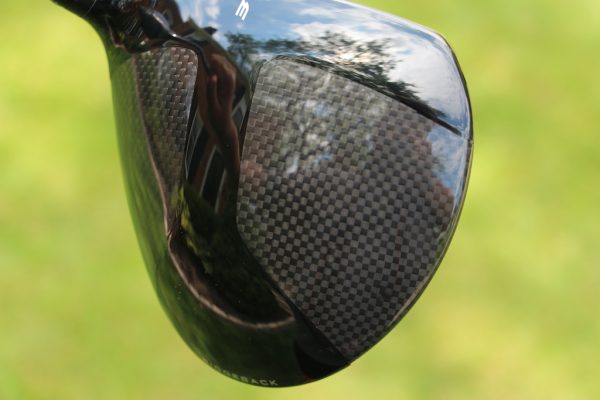
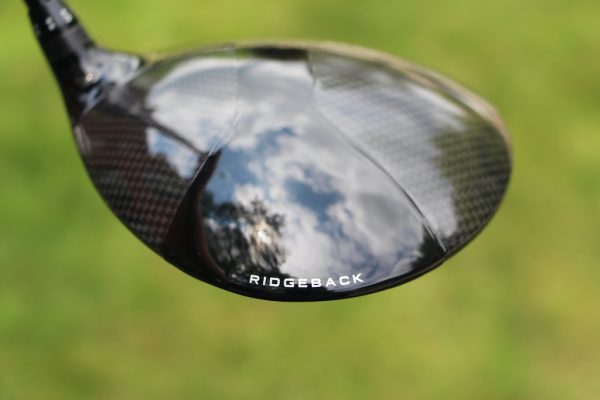
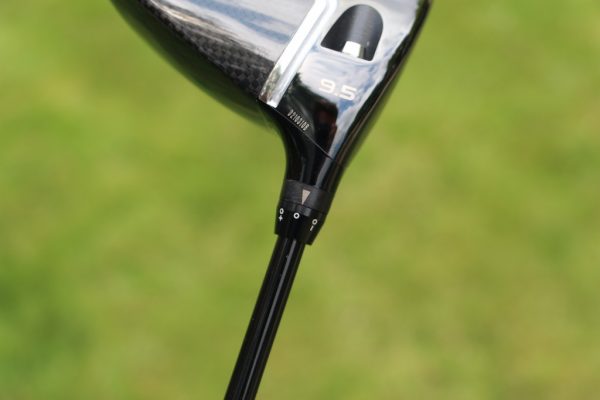
Overall, the Tour Edge Exotics C721 driver is a great club that will probably be overlooked by too many golfers. If you are looking for added distance, a lot of forgiveness and want to keep some money in your pocket, then you should seriously take a look at Tour Edge.
- LIKE103
- LEGIT12
- WOW6
- LOL2
- IDHT1
- FLOP1
- OB2
- SHANK5
Driver Reviews
Review: Ping’s G400 and G400 LST Drivers
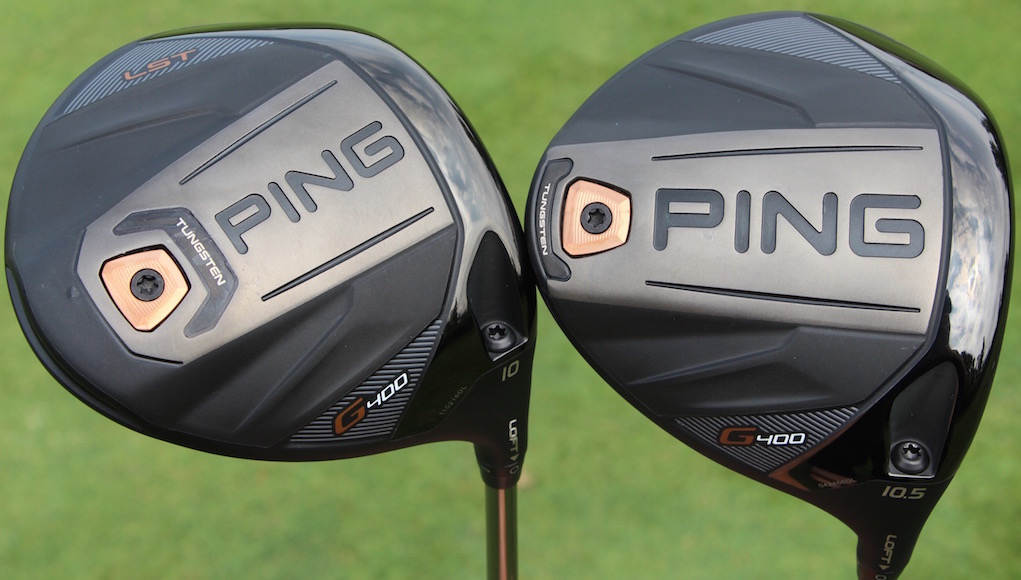
I still remember the first time I hit Ping’s G30 driver. It was July 2014, and I was at Ping’s HQ in Phoenix. Super low-spin drivers were all the rage at the time. With their forward center of gravity, they were helping golfers optimize their launch conditions beyond their wildest dreams: crazy high launch, ridiculously low spin. Many in the business, including myself, had one of these drivers and spent many launch monitor sessions trying to figure out how to get more distance from these high knuckleballs. The bad news was that forward-CG drivers, by nature, were really unforgiving. Bad shots were really short and crooked.
Before I knew the G30 was a big deal, Marty Jertson, Ping’s Director of Product Development, explained to me his vision for the perfect driver inside a conference room at Ping Headquarters. In his eyes, the perfect driver didn’t have the low, forward center of gravity (CG) that was being touted at the time. Its CG was located as low and as rearward in the driver head as possible, which he said would offer the best of both worlds: optimized launch conditions on good shots, as well as the best possible forgiveness on bad shots.
Building the perfect driver was a long way off (and still is), but Jertson was excited where Ping had landed with the G30. When it was released, the driver was a powerful testament to his vision. Its rear-CG design created great distance on good and bad shots, and it was also a very straight driver. The G30 sold incredibly well and, as a result, the industry mostly shifted away from forward-CG drivers.
It’s been nearly three years since the release of the G30, and Ping has just made another counterintuitive driver release. The company shrunk the size of its new G400 drivers in a climate where full-size drivers have become the norm. Granted, it’s only 15 cubic centimeters smaller, but it’s noticeable at address. Compared to the Ping G drivers they replace (which replaced the G30), the G400’s look like they cut carbs.
Despite their slimmer frames, however, the G400 drivers are actually more forgiving than the G drivers (which were even more forgiving than the G30). That’s why Ping representatives say smaller is actually better in the G400’s case. The drivers have the lowest, most rearward CG of any Ping drivers ever, and their smaller size is said to improve their aerodynamics so golfers can swing them fractionally faster. The other big change is a new face material made of T9S+ titanium, which is thinner and more flexible to help golfers generate more ball speed.
For this review, I wanted to put the G400 and G400 LST to the test against the G and the G LST drivers that they replace, so I took them to the Launch Pad at Carl’s Golfland in Bloomfield Hills, Mich. I hit five shots with each driver on Trackman IV, and to ensure as much of an apples-to-apples comparison as possible, I tested each driver head with the same shaft. Each driver head was adjusted to the same loft, or as close as possible.
Note: The G, G LST, and G400 drivers I tested were 10.5-degree heads adjusted to 9.5 degrees. The G400 LST had a loft of 10 degrees, and it was adjusted to 9.4 degrees.
The Test
In my personal driver tests, I don’t usually see a huge uptick in distance or accuracy when comparing the latest drivers to the most recent models from the same manufacturer. Improvements generally come in the form of improved head shaping, a better feel, or enhanced adjustability. That’s why I was surprised to see such a big change in my launch conditions and dispersion with the G400 drivers.
G400 Test Results: With the G400, I launched my drives an average of 1.6-degrees higher than I did with the G while dropping spin an average of 416 rpm. That led to a significant improvement in distance. With my swing speed and ball speed staying about the same, I added an average of 7.2 yards more carry distance and 8.7 yards more total distance.
G400 LST Test Results: First, a note about the G400 LST. It has a CG that’s slightly lower and more forward than the standard G400 driver to help golfers reduce spin. Like the G30 LST and G LST, it’s still very much a rear-CG driver, but its design helps high-speed golfers who can consistently find the center of the club face maximize distance without highjacking forgiveness. When I test Ping drivers, the LST is generally the model that creates the best performance, and the G400 LST was no exception. I saw an average of a 1.2-degree higher launch angle with all other things staying about the same when I compared it to the G LST. The result was an average of 6.6 yards more carry distance and 3.1 yards more total distance. It was the longest and straightest driver I hit in the test.
Note: Ping also sells a G400 SFT (Straight Flight Technology) driver, which has added draw bias. To learn more about it, click through to tech story on the G400, G400 LST and G400 SFT drivers.
Dispersion
One way to explain the improved launch conditions is that I hit the G400 drivers more consistently. As you can see in the Trackman dispersion chart, I hit the G400 and G400 LST drivers straighter on average than the G and G LST. Is that its slightly enhanced forgiveness shining through? Maybe, maybe not.
To me, the changes Ping made to the look and feel of the driver were just as important as the performance difference I saw on Trackman. I’ve always preferred smaller driver heads, or at least 460-cubic-centimeter drivers that appear smaller than their size. For that reason, I felt more confident with the G400 drivers in my hands. I didn’t mind that I didn’t see any added swing speed or ball speed from the smaller driver head. I was sold on the looks alone.
- At Address: Ping’s G400 (left) and G drivers.
- At Address: Ping’s G400 (left) and G drivers.
I also preferred the sound of the G400 drivers to the G drivers. There was definitely much more of a “thwack” than a “ping” at impact, which made the G400’s feel more powerful. Looks and feel are subjective, of course, but to me the improvement was night and day. I don’t think it’s a stretch to say that my fondness for the looks and feel of the G400 was at least a contributing factor to my improved performance in the test, if not the most important factor. When I like the way a club look at address, I tend to hit it better, and I know I’m not alone.
I do want readers to keep in mind that this was a one-person test and I hit a limited amount of balls. Yes, it’s a great indication that the G400 driver can be measurably better than a G driver, but it’s not a guarantee.
I also want to address the weaknesses of the G400 drivers. While they’re few, they could push golfers into another driver model in a fitting. Unlike Callaway’s GBB Epic, TaylorMade’s M1 or Titleist’s 917 drivers, the G400’s don’t have CG adjustability. That means there’s no way to fine tune ball flight outside of a shaft or loft adjustment. A bigger deal for some golfers might be the G400 crowns. Despite their smaller size, there’s still a lot to look at address, as was the case with the G drivers.
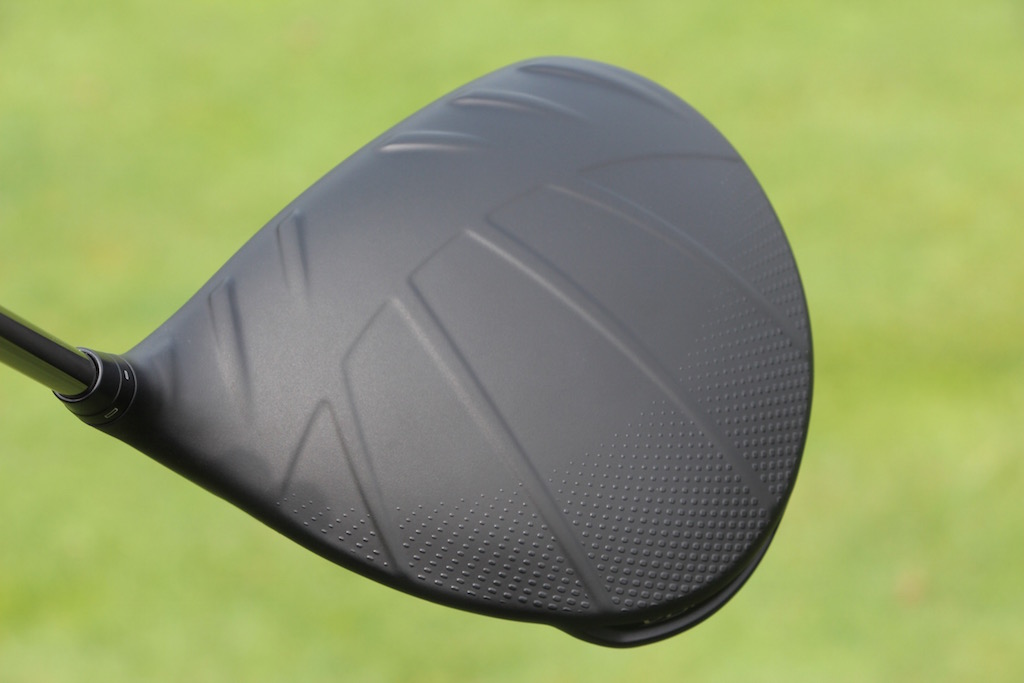
Aerodynamic features on the front of the crowns, “Turbulators,” have been thickened for the G400 release. There’s also Ping’s “DragonFly Technology,” a geometry on the back of the driver crowns that helps push CG lower and more rearward in the driver heads. I personally think the G400 crowns give the drivers an old-school, muscle car-like look, but there’s no question they won’t fly with all golfers.
Whatever your thoughts about what’s on top of the G400 drivers, there’s no question that what’s under the hood can offer something the G and G30 drivers did not. Maybe you’ll like the smaller head. Maybe you’ll prefer the quieter sound. Maybe the improved forgiveness will show up on a launch monitor or on the course. Or maybe you’ll just flat out rip a G400 farther and straighter down the middle like I did.
If that last bit happens, try not to second-guess it.
- LIKE676
- LEGIT83
- WOW48
- LOL18
- IDHT12
- FLOP22
- OB15
- SHANK59
Driver Reviews
Members Choice: The Best Driver of 2017
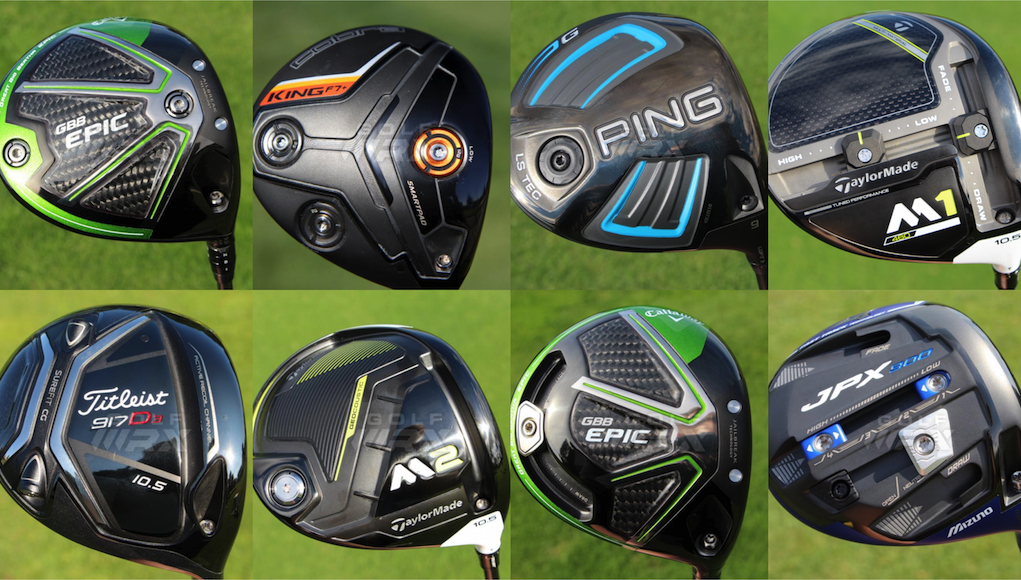
What determines the best driver on the market; is it the opinion of professional club fitters, professional golfers or testing results from a group of amateurs?
At GolfWRX, we believe all three sources can lead golfers to an answer. Being a website founded by passionate golfers with a mission to serve passionate golfers, though, we place a special emphasis on the opinions of our GolfWRX Members — the most knowledgeable group of golfers on the planet. No other group of golfers in the world tests golf clubs as frequently or as extensively as GolfWRX Members. So who better to poll to get an initial indication of the best performing drivers so far in 2017?
So we asked them, “What’s the best driver of 2017?” They voted for the three drivers they felt most worthy of the title and provided feedback about their selections in our special forum thread. You can see the results below (as of the first three weeks of voting), as well as quotes we pulled from GolfWRX Members about the drivers from our forum.
Remember that our polls will remain open for voting throughout the year, and we’re going to keep an eye on the percentages as more and more golfers have an opportunity to test these drivers. We’re also working on another Best Driver list, which will evaluate clubs in another important way. Stay tuned!
Keep in mind that there’s no single driver on the market that is the absolute best option for every golfer: that’s why nearly every manufacturer makes at least two different models. As this list indicates, however, some drivers are working better than others this year. Happy Testing!
Note: Forum posts were minimally edited for grammar, style, spelling and clarity.
Cobra King LTD Black (3.00 percent of votes)
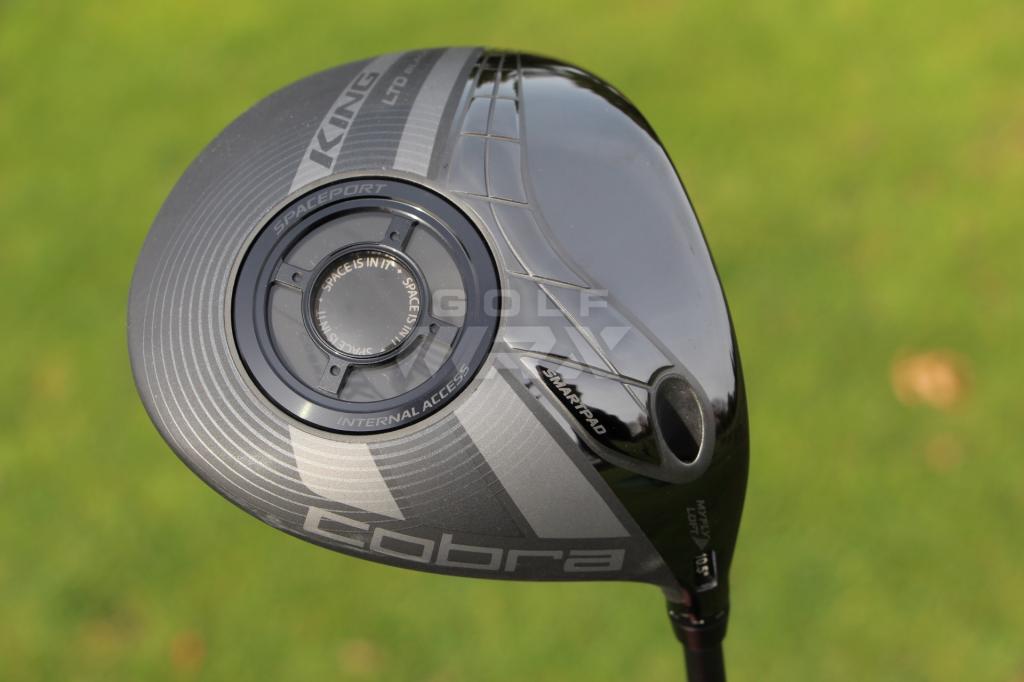
- The General: All-black LTD is really clean looking. I’m about to cover up the orange on my LTD with lead tape. Orange is played out
- mh7vw: Love my LTD, but wish the black finish (or even this gray) didn’t have that subtle checkering you see in some like. Prefer plain black.
- dbleag: I am a fan of the black/orange combo. The performance and sound of the LTD is very appealing to me. I also like that the standard length is 45 inches. For me, that helps it be super-accurate. With the low-spin design, I hit it longest of the current offerings and can’t remember the last time I missed a fairway. Straight, solid, low spin and nice.
Further Reading
Mizuno JPX-900 (3.20 percent)
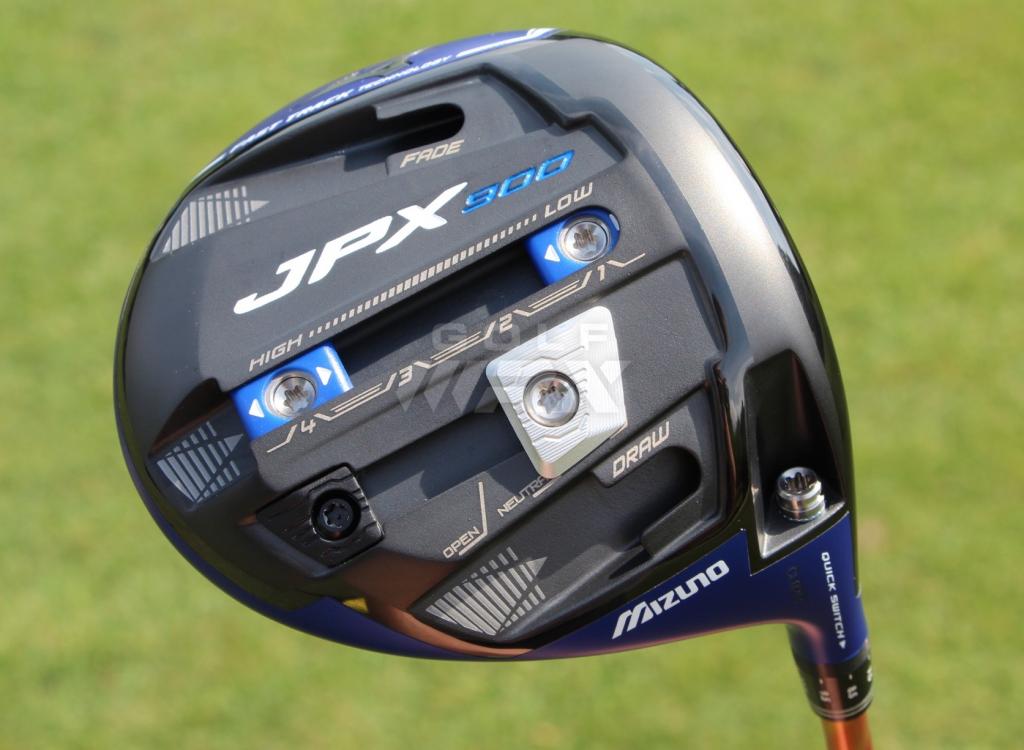
- johnnythunders: JPX goes straight. Best real-deal shaft and is long and very adjustable.
- KT35: That blue head looks awesome sitting on the ground. I hit balls off the toe and heel and didn’t see the big drop off in distance like the previous models.
- nmorton: The JPX-900 is definitely more forgiving compared to the JPX-850, and sounds much better. Though they did sacrifice a bit by going with a little larger profile, but it’s easy to get used to. The graphics are so so, but this driver performs. I’m really digging the Evo II (shaft).
- jay65: I can see that Mizuno is really making a decent effort with its drivers/fairways in terms of tech and aesthetics, and they compliment the new JPX-900 line of irons really well, but if they’re going to make any inroads they really have to address this issue of their custom shafts options. It’s rubbish.
- bok006: The JPX-900, after being properly adjusted by the fitter, gave me an extra 20 yards just like that. My swing speed suggested I was borderline S to X (flex), but the fitter said unless I was fighting a hook I should stick with the S.
- bubbagump: …the JPX-900, when properly fit, is just as long on a consistent basis than all the new models I tried in real life situations. It looks great, sounds solid and just knows the way to keep the ball in play.
- Chazb: I’m 69 years old, have a swing speed of 91 mph and played nine with the JPX-900 this morning. It was in the 40s with a brisk wind hit it around 220 to 230 yards. It was a fairway finder, has great feel and is one of the easiest to control drivers I have ever hit. I can’t wait ’til it is warmer and can dial it in more. So far I have the two weights all the way forward for a lower flight and the other set with a draw bias with 10.5 degrees of loft. This driver is the real deal; it may not be the longest or the shortest, but it is a fairway finder which IMO makes it a winner.
Further Reading
Ping G (3.80 percent)
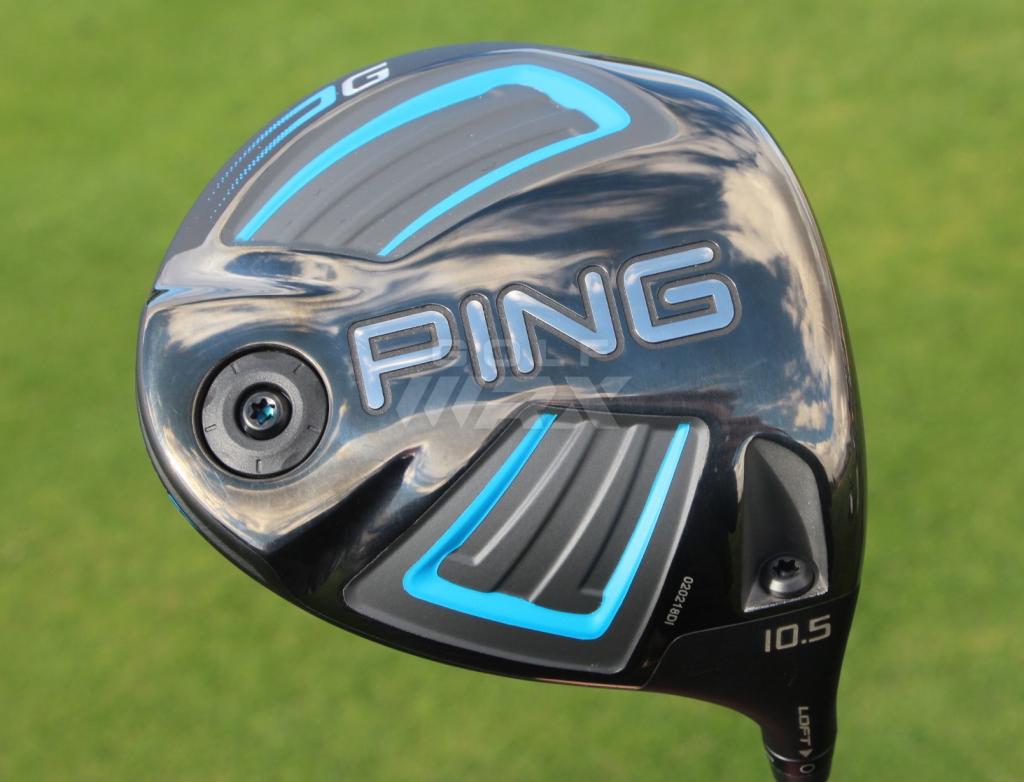
- Wesquire: Ping G is the most forgiving so it wins.
- bopper53: Ping G hands down. Great distance and the most forgiving.
- Dannydubbbs: The Ping G series is just too forgiving. The distance is comparable between most models, but Ping always seems to win out with forgiveness.
- Bruin Bear: The Ping G is going to be overlooked because it’s looked at as “game improvement,” but this driver is a beast. I liked the LS, but it requires a faster swing to get results and in the cold outdoors I just don’t have that all the time. I think the G is the perfect blend of performance and forgiveness.
- cmrl1986: Only reason I switched from the Ping G25 was that the G felt less harsh off the face. Same distance just about.
Further Reading
Cobra King F7+ (3.90 percent)
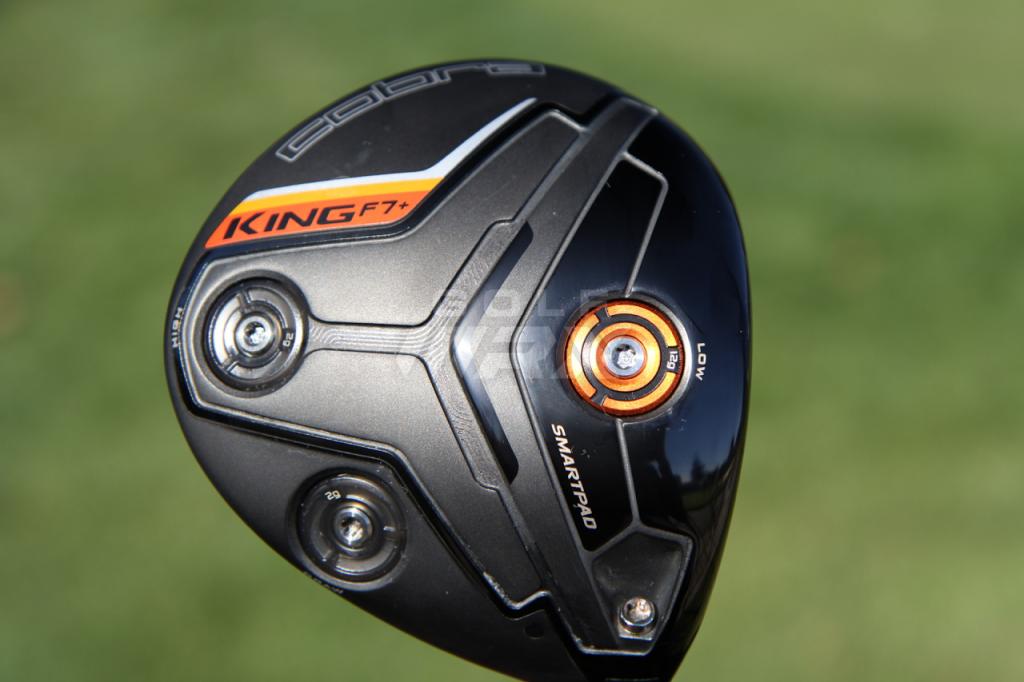
- EntourageLife: Ball really flies off face. Driver head controls spin well. Not one drive “ballooned” and trajectory was high and best of all… very easy to work ball right to left for a confident draw.
- Gollie: The F7+ is another great offering from Cobra… I didn’t get the “MAN, this is gonna take my LTD out of the bag” feeling, but it has very good sound, feel and performance.
- J13: F7+ is a great offering from Cobra and IMO is in the top-3 drivers this year. Epic is the standout for me numbers wise, then M series and F7+ are right behind it. Love the Agera (shaft) in there!!! Such a great shaft; I can’t seem to get mine out of the bag.
- Golfer from MO: Hit both Cobras lefty and as a lefty the LTD is the shizzle. Last year it was the LTD and Big Bertha down to the absolute wire… the F7+ is more workable than the LTD, but not longer and a little worse on mishits.
- Boognish: I took a few swings with the F7+ at Golf Galaxy yesterday. 9.5 degrees with heaviest weight forward. The stock shaft is actually the same model I play in my GBB (albeit in smoked black instead of yellow). Ball flight and distance were similar to my GBB with good consistent sub-3000 backspin. Sound was OK, feel was harder than the GBB.
- thechief16: Just from the range (no LM), I didn’t see a noticeable performance improvement with the F7+ over the original King LTD. And I like the look and sound/feel of the LTD better.
Further Reading
Ping G LS Tec (4.90 percent)
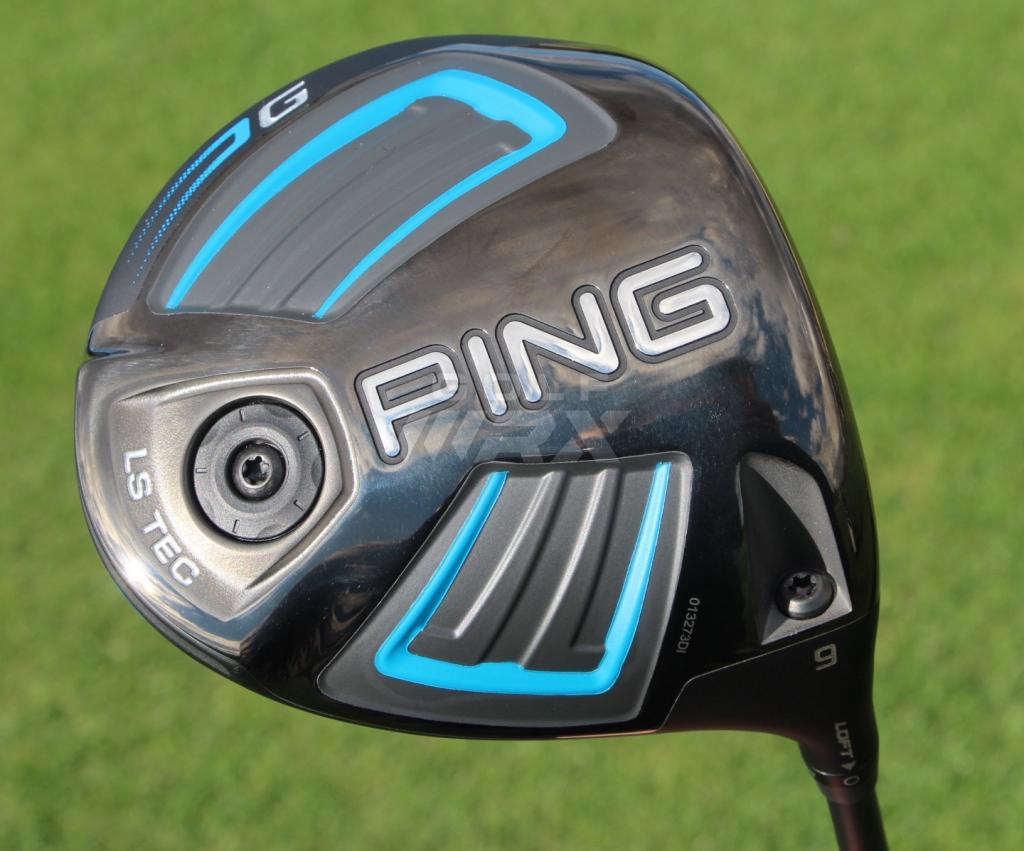
- drvrwdge: I played the G LS with the Ping Tour 65X (shaft) tipped an inch for about a year. Just put the HZRDUS Yellow 75 6.5 tipped an inch and never thought it was possible, but it’s longer and straighter. Best driver shaft combo I’ve ever hit. You can feel that HZRDUS throughout the entire swing. Really gives you a solid connected feel.
- Mtngolfer1: I am not sure that I would consider this a 2017 Driver, but my vote went to the Ping G LS Tec. The fact that my G is still holding its own against the latest 2017 releases has me very excited to see what Ping will release later this year.
- 3woodvt: Fairway finder and plenty long.
- pitchinwedge: I’ve found the LS to be nearly as fade biased as the M family. I get pretty good results with the LS by making a conscious effort to make more of an in-to-out swing. Any lapse in concentration and everything goes right. The M’s require even more effort, which is the reason I stayed with the LS instead.
- 3 Jack Par: After an up and down year with the G LS, I’ve actually recently gone back to my G30 LS head. I only have a couple of rounds as a sample so far, so I can’t really draw a conclusion about whether one or the other is better, but with the same shaft it seems like my G30 head might be a little longer. Honestly, the performance differences are pretty minimal if you really compare the two generations.
Further Reading
Titleist 917D3 (5.30 percent)
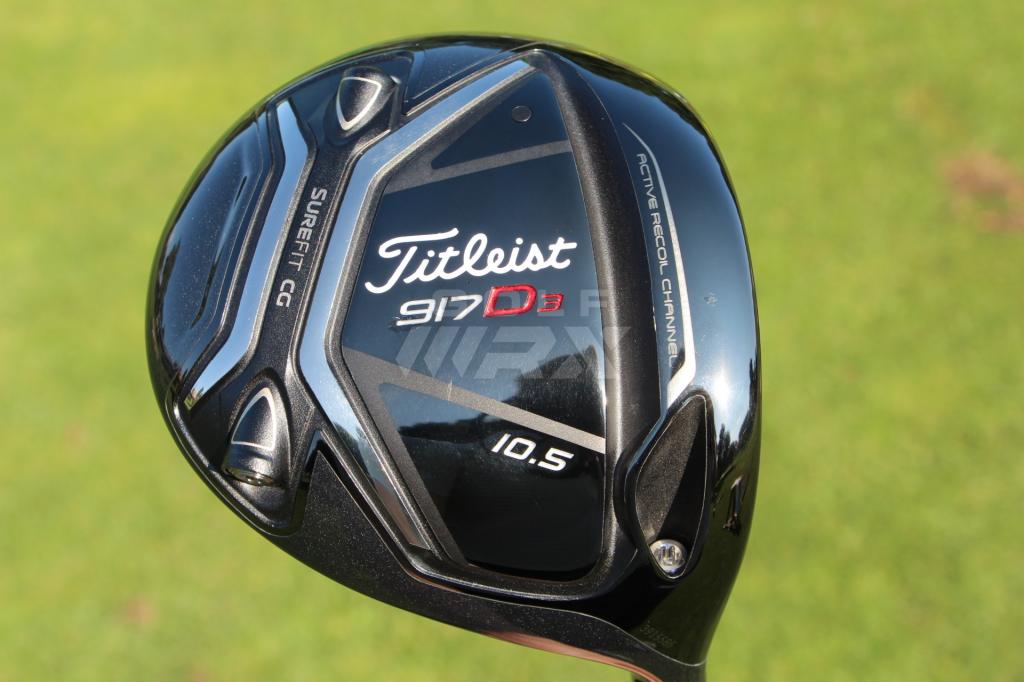
- Gava: The 917D3 is in my bag now, and I’ve found it incredibly long with a recently purchased Graphite Design Tour AD MJ 7TX shaft. Feel and accuracy has been a real improvement as well.
- Togatown22: I find my 917D3 to be just as forgiving as my 915D2 was, and man do I prefer looking down at the head shape and color versus the 915. Very confidence inspiring.
- NIxhex524: I would definitely give the D3 a whirl. I feel like Titleist has made great strides at making the smaller head way more hittable for us ams.
- KPH808: So in conclusion, I was hitting the ball about 9 yards further on average and 3-4 mph faster ball speeds with the 917D3 vs. the 915 D4. The biggest thing for me was the forgiveness between the two; the 917D3 was more forgiving on mishits.
- brushie: The 917D3 head feels soft like the 910 and sounds great. I never had an issue with the 915 sound; it wasn’t great, but it didn’t bother me too much. This is much better, though. The 917D3 head shape is perfect to my eye as well. The area where the 917 shines is forgiveness.
Further Reading
TaylorMade M1 440 (5.35 percent)
- Tigermatt31: The M1 440 is best driver I’ve had ever.
- TollBros: The M1 440 is definitely lower spin than the M1 460 or M2 from last year. Launch angle isn’t really any lower, but spin is lower for sure.
- specimania: This year’s 440 is more forgiving.
- MCoz: Yes, this 440 is more forgiving, and yet it also appears to be more workable than both of the previous M1 and M2s.
- nitram: To save you a bunch of reading and crunching numbers, I quickly concluded there was a little more forgiveness and exactly +0.4 mph ball speed with the 440. By forgiveness I simply mean this: A 1.48 smash 440 will give you the same ball speed and distance as a 1.49/1.50 430. But if you get a 1.50 from both there is no measurable gain. Side-to-side dispersion was better by 4.7 feet with the 440. Workability was a wash between them, although the 430 seems a bit more fade biased whereas I’ll describe the 440 as a scosche more neutral.
- tj24: I hit the M1 440 with my Aldila RIP at an 80-gram X-flex. For me, the spin numbers were around 1700 rpm which is probably to low for my swing. I did, however, like the shape of the head and I felt like I could easily work the ball both ways.
- halfsumo: I really think they nailed it with the shape of this 440 head. Nice pear shape, no weird bulges or ridges that you have to get used to.
Further Reading
- GolfWRX members gain 7 yards on average with 2017 TaylorMade M1, M2 drivers
- 12 Important Changes to the 2017 TaylorMade M1, M2 Drivers
Titleist 917D2 (6.65 percent)
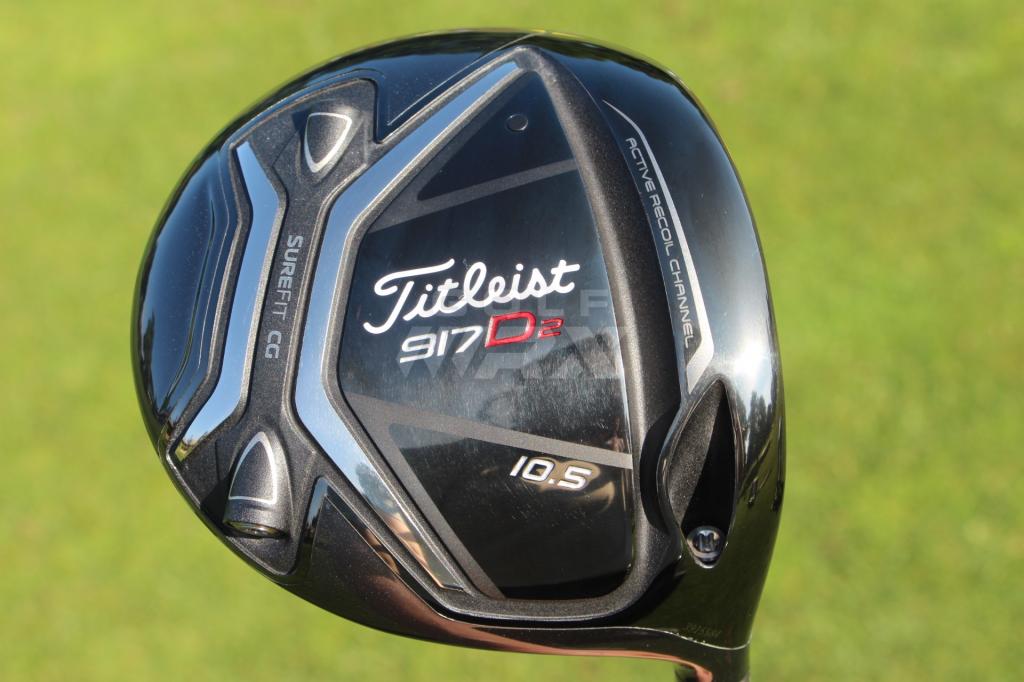
- tsletten: Love the sound of the 917D2.
- bladehunter: No doubt the 917D2 is an accurate, forgiving driver that doesn’t look as big as it is and sounds fantastic.
- JStang: Maybe it’s just me, but I find the face to be more shallow (top to bottom) with the 917D2 than other drivers that I’ve tried lately.
- LuckyLowbrow: I was actually spinning it too low with the D4. Going up to the D2 normalized my spin rate, but led to such an improvement in consistency across the face.
Further Reading
TaylorMade M1 460 2017 (11.81 percent)
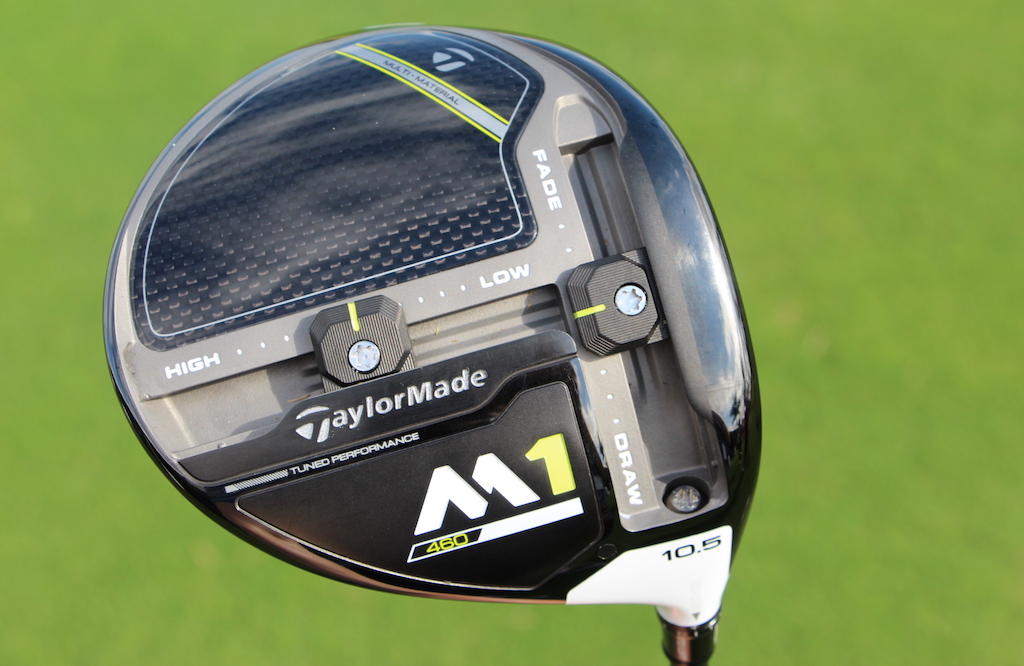
- Ereim: I ended up going with the M1 460. It gave me a slightly tighter dispersion, and I liked looking down at it slightly more.
- jdenham15: The 2017 TaylorMade M1 is a great driver, but I tend to miss wide right and struggled to turn it over.
- ZBigStick: The M1 460 gave me the best results. Was able to increase launch without much added spin with the (T-Track) weight. Feel is good and felt forgiving; dispersion results backing that up.
- BillMurrayGolfing: The face is hot, receptive, thin and makes a nice sound. I like that.
- JStang: Sound and feel were both fantastic. I couldn’t ask for much more in the sound and feel department than what this club offers. Plenty of feedback was provided based on impact as I would expect. I could easily tell where I missed based on feel.
- tnord: Just as another tester found, moving the weight back and forward absolutely does impact how the club sounds. I’m much more a fan of the weight back.
- chickenpotpie: Moving the slider to the draw position made the feel of the driver a little harsher. Feel was much much smoother with that weight in the middle. I didn’t see any such changes with the front/rear slider.
Further Reading
- GolfWRX members gain 7 yards on average with 2017 TaylorMade M1, M2 drivers
- 12 Important Changes to the 2017 TaylorMade M1, M2 Drivers
TaylorMade M2 2017 (11.86 percent)
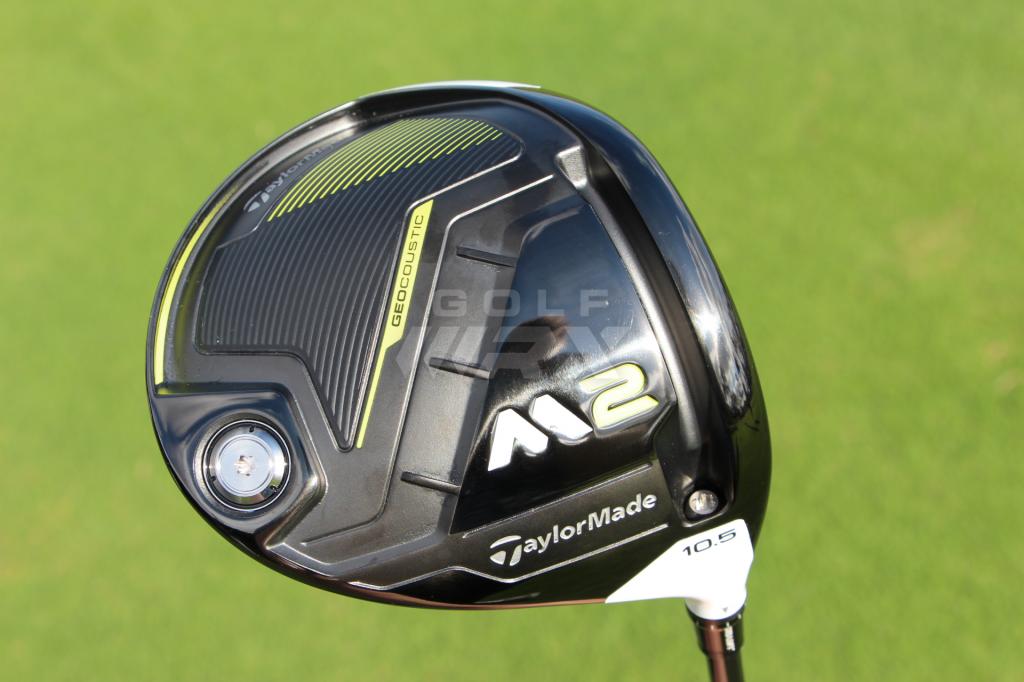
- ZBigStick: I liked the feel of the new M2 but seemed to get better results and numbers with the new M1. Could be the extra 5 grams of head weight?
It was dynamite with the GD TP-6 (shaft)! - erock9174: On Trackman it didn’t put up the most ball speed, but counting all shots the M2 had the longest average distance.
- gripandrip: The M2 seems to have a little bit of a fade bias for me. And the head is HUGE. Maybe it’s a mental thing to be able to turnover a head that large.
- Bomber_11: M2 has very big shoes to fill, as the 2016 M2 was arguably one of the best drivers of the last 3-4 years.
- LONG&STR8: It’s hard to ignore the sound of the new M2. That may be TaylorMade’s biggest fail with that driver, as the sound and feel was one of the best things about the first version that I’ll have in the bag until something better comes along.
- Z1ggy16: The new M2 was terrible for me, not sure why. Unsure if it was the shaft I used but it spun up like a monster and ball speeds weren’t any better than previous M2.
- Peanut191: I don’t really think that the new M2 was much of a step backward, probably more that it doesn’t seem like a big step forward compared to last year’s model. I was hitting my 2016 M2 against a 2017 M2 indoors (which usually amplifies the louder, more obnoxious sound) and I didn’t notice that much of a difference in sound. It could have been that I might have just happened to get a hold of a head that was more muted than normal with the new one, but I just didn’t notice much difference. Performance wise, I could tell that the 2017 was slightly more forgiving than the 2016 model, but I was basically getting the same ball speed and spin numbers, so I didn’t see the need to upgrade.
- gioguy21: Played 54 holes this weekend. The M2 was as reliable as it could get. I hit 11/12 fairways Friday, 10/12 Saturday and 5/9 or so yesterday (windy). Controllable, just wants to go straight. The sound no longer bothers me. I think it’s when hitting indoors or in range bays that it gets unbearably loud. Makes a different sound when hit on the screws I’ve found, similar to last years M2/M1 with less high-pitched ring. The forgiveness is very obvious, as I hit a couple that were close to center of the face but either high or little out toward the toe that flew similar trajectory and distance to how a well struck shot would react. I think where this driver really shines is the ability to either tee it high and hit it with higher trajectory or the ability to hit it lower with a low tee (3/4 of the ball under the crown) and hit laser beams that don’t move left or right.
- G-Bone: From what I’ve seen on Trackman, 2017 M1 was a big jump from 2016; however, 2016 M2 was so good, 2017 is a minor jump.
Further Reading
- GolfWRX members gain 7 yards on average with 2017 TaylorMade M1, M2 drivers
- 12 Important Changes to the 2017 TaylorMade M1, M2 Drivers
Callaway GBB Epic (14.91 percent)
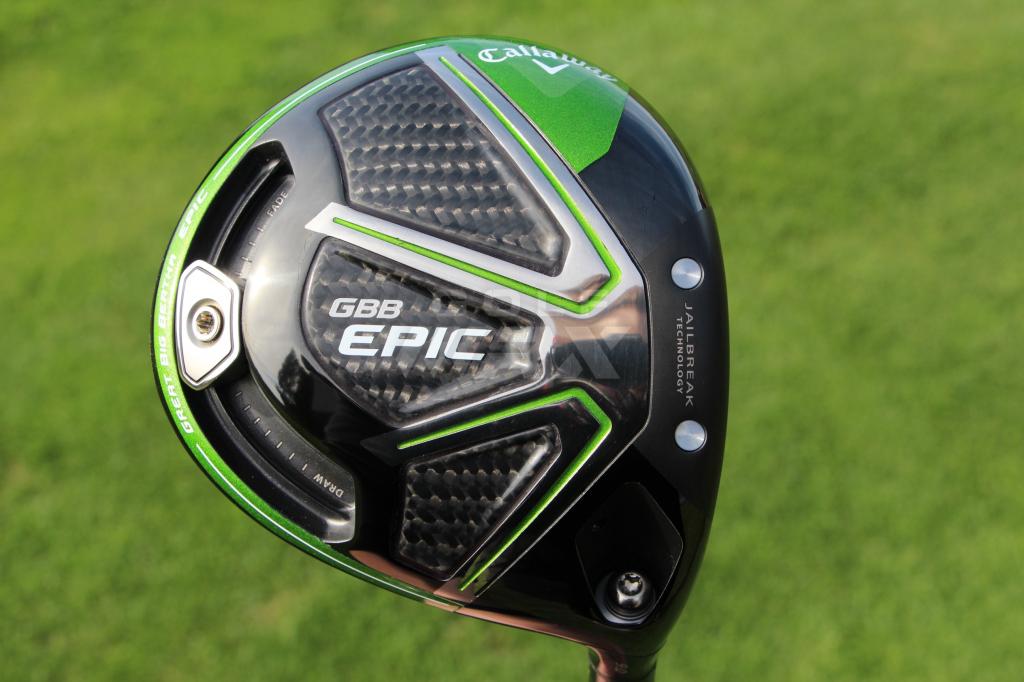
- HDTVMAN: I hit both the Callaway Big Bertha Fusion and Epic with a 44.5-inch UST Recoil F3 shaft and the results were very close. From customer testing, it appears the Epic is longer for those with higher (95+) swing speeds. I have also seen that 44.25-44.5-inch lengths promote tighter dispersion with customers, no loss of distance and better over-all drives.
- mbbrewer: Tried them all and for me Epic was the one. Fastest ball speed, lowest spin and tightest dispersion.
- Ereim: Epic felt great, looked great and the numbers were basically 99.9 percent optimized for my swing.
- johnnylongballz72: There is Epic and there is the M series… then there is everyone else. The votes here show it, the PGA Tour use shows it and launch monitors everywhere show it.
- misplacedtexan83: GBB Epic/Sub Zero pushed the envelop in design and materials to produce increased ball speed and gains. For once a driver did what a company said it would do.
Further Reading
Callaway GBB Epic Sub Zero (16.91 percent)
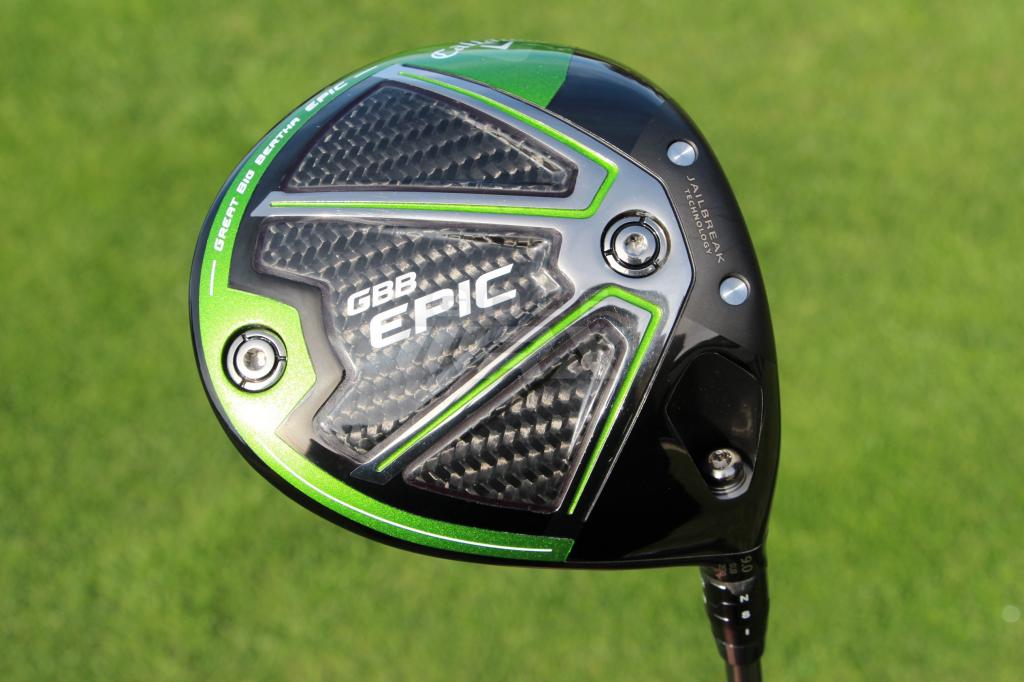
- jdenham15: I tested the Epic Sub Zero and Epic against my 2016 TaylorMade M1 and the ball speed was 5 mph higher on average, which gave me about 10 yards more carry disstance. That was great, but the part that sold me was the forgiveness. I love my Epic Sub Zero. I feel like it’s easier to turn over and I can work it both ways.
- Z1ggy16: Sub Zero was hands down the best, including my gaming M1 (yeah, not even top-3) due to the combination of lower spin, good forgiveness and feel and looks.
- jimhaire: I had a 2016 M2 and went with the Epic Sub Zero. The look at address suited my eye and the feel off the face was better for me. And the club went straight.
- Sef: I have tested a lot of these drivers and for me the Epic Sub Zero was so much better than everything else. I wish I could just apply all three votes to it.
Further Reading
Members Choice 2017
- LIKE652
- LEGIT92
- WOW45
- LOL39
- IDHT16
- FLOP39
- OB34
- SHANK255
-

 19th Hole1 week ago
19th Hole1 week agoDave Portnoy places monstrous outright bet for the 2024 Masters
-

 19th Hole2 weeks ago
19th Hole2 weeks agoThings got heated at the Houston Open between Tony Finau and Alejandro Tosti. Here’s why
-

 19th Hole1 week ago
19th Hole1 week agoTiger Woods arrives at 2024 Masters equipped with a putter that may surprise you
-

 19th Hole2 weeks ago
19th Hole2 weeks agoReport: Tiger Woods has ‘eliminated sex’ in preparation for the 2024 Masters
-

 19th Hole4 days ago
19th Hole4 days agoTwo star names reportedly blanked Jon Rahm all week at the Masters
-

 19th Hole3 days ago
19th Hole3 days agoNeal Shipley presser ends in awkward fashion after reporter claims Tiger handed him note on 8th fairway
-

 19th Hole2 days ago
19th Hole2 days agoReport: LIV Golf identifies latest star name they hope to sign to breakaway tour
-

 19th Hole2 weeks ago
19th Hole2 weeks agoAddiction, spinal fusion, and scam artists – Everything Anthony Kim revealed in candid interview with David Feherty

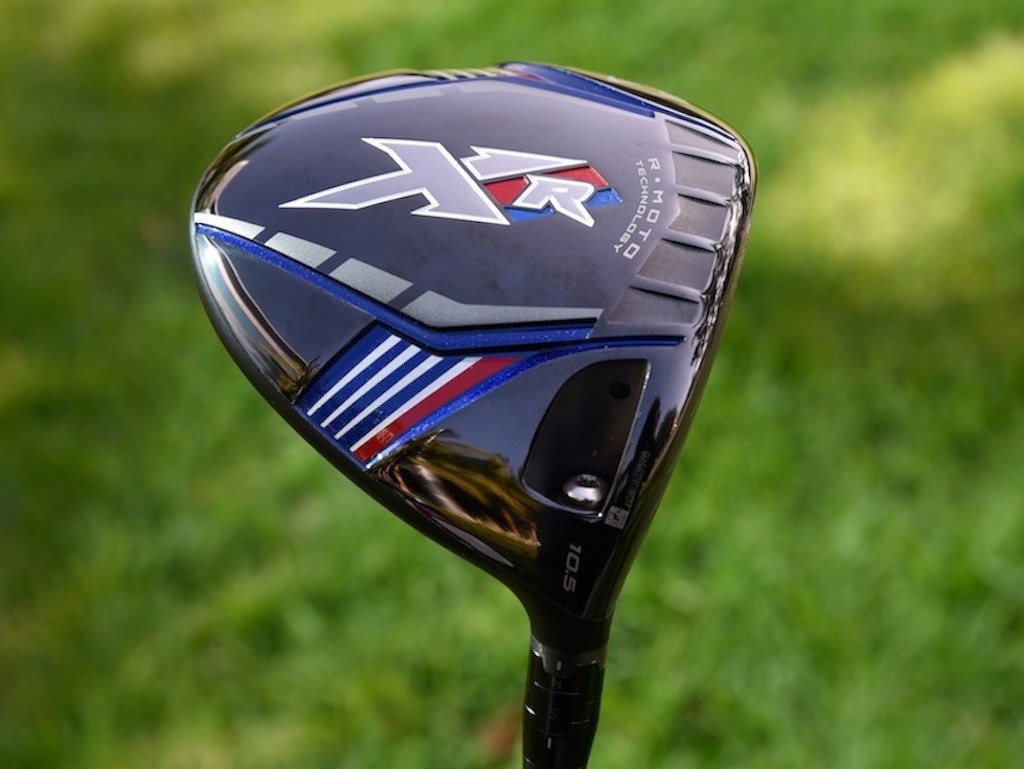
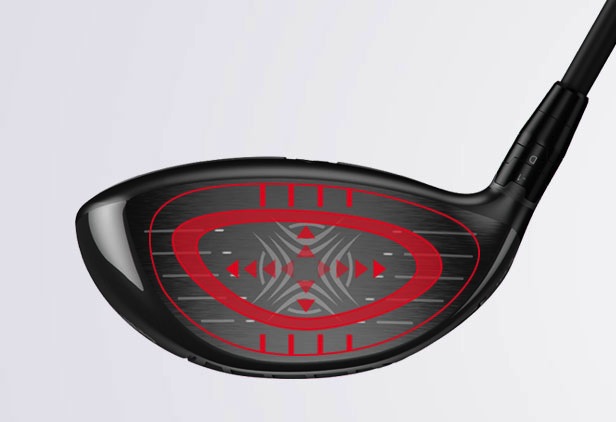
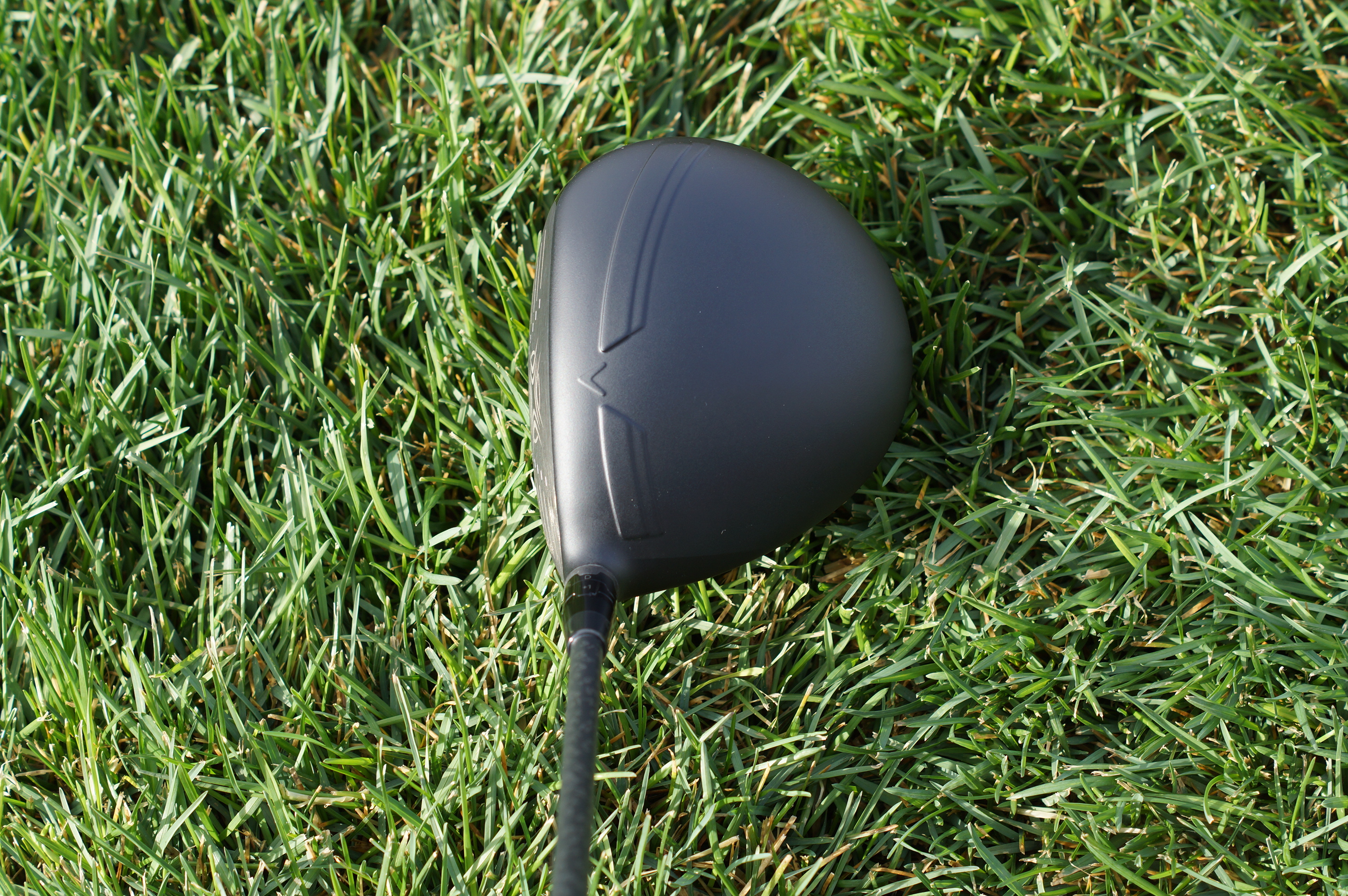
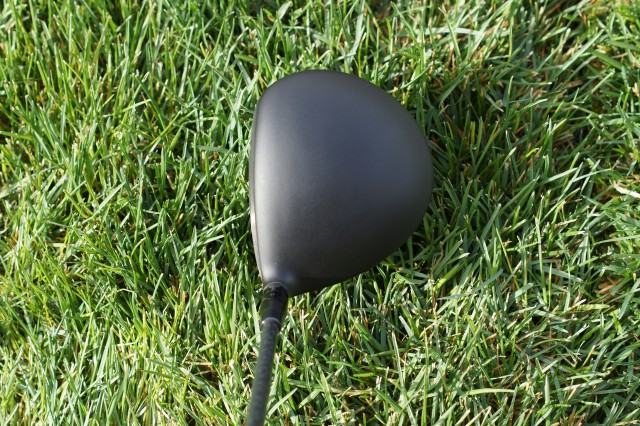
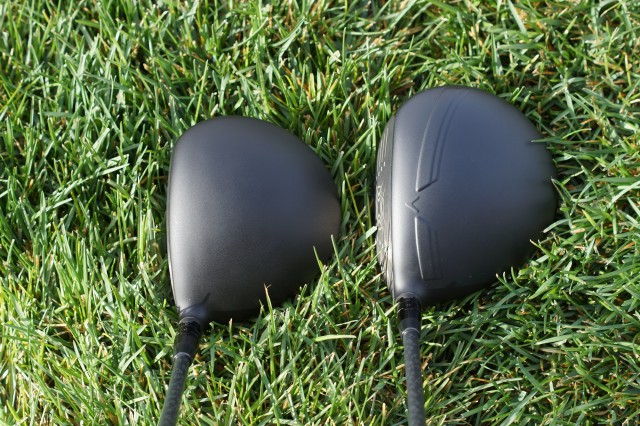

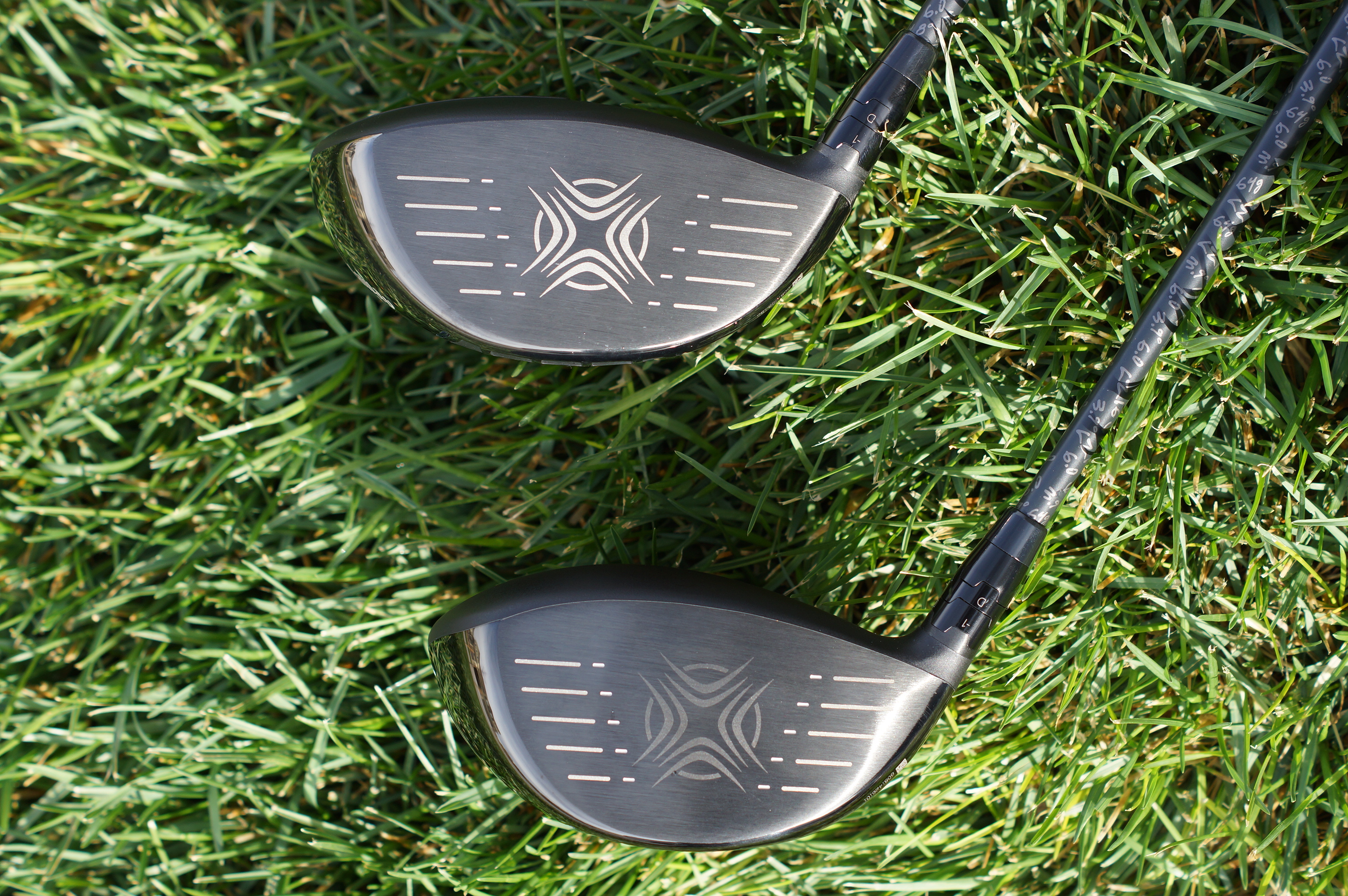


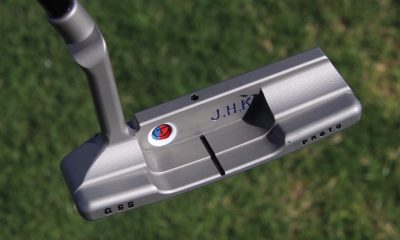



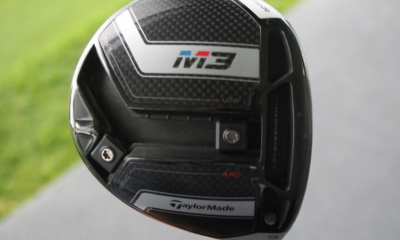





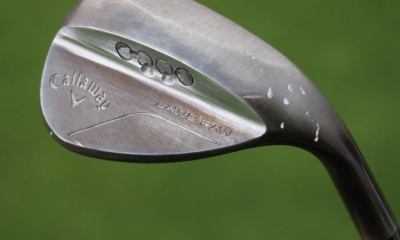

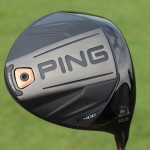
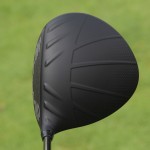
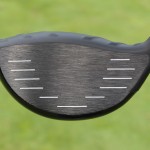
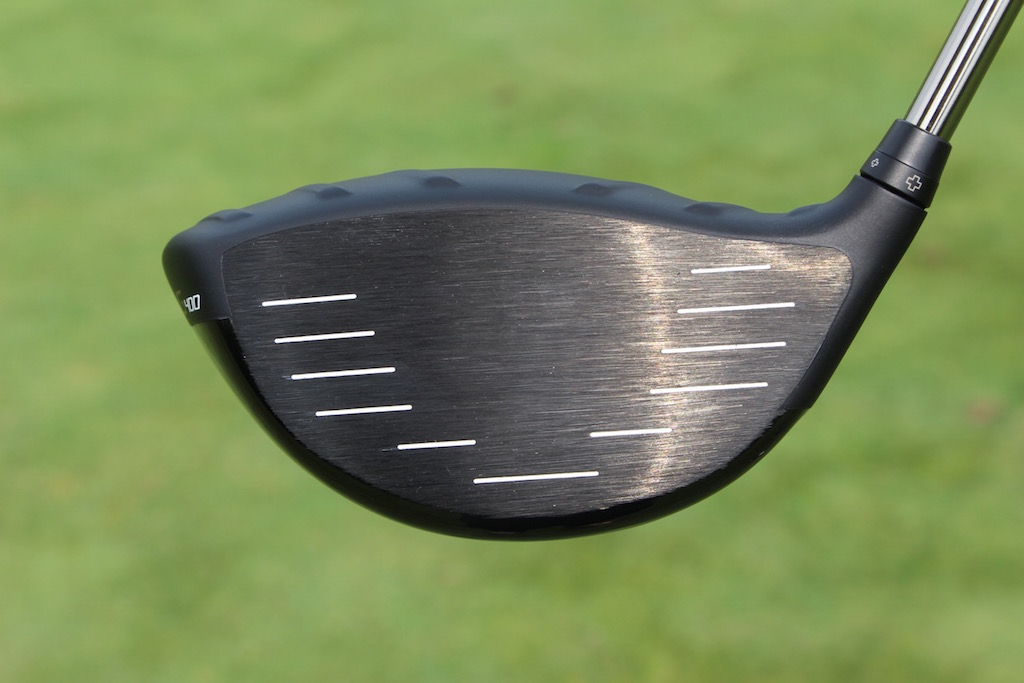
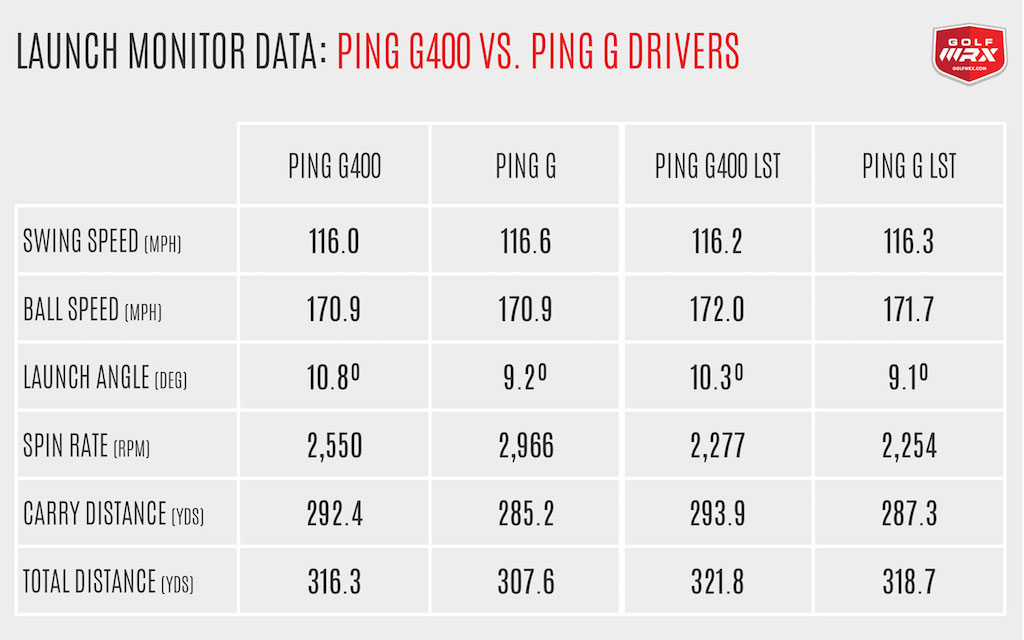
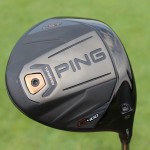
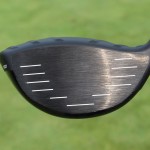
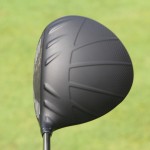
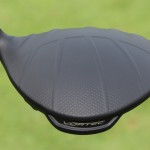
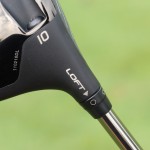
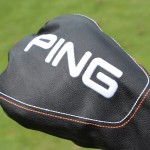
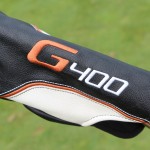
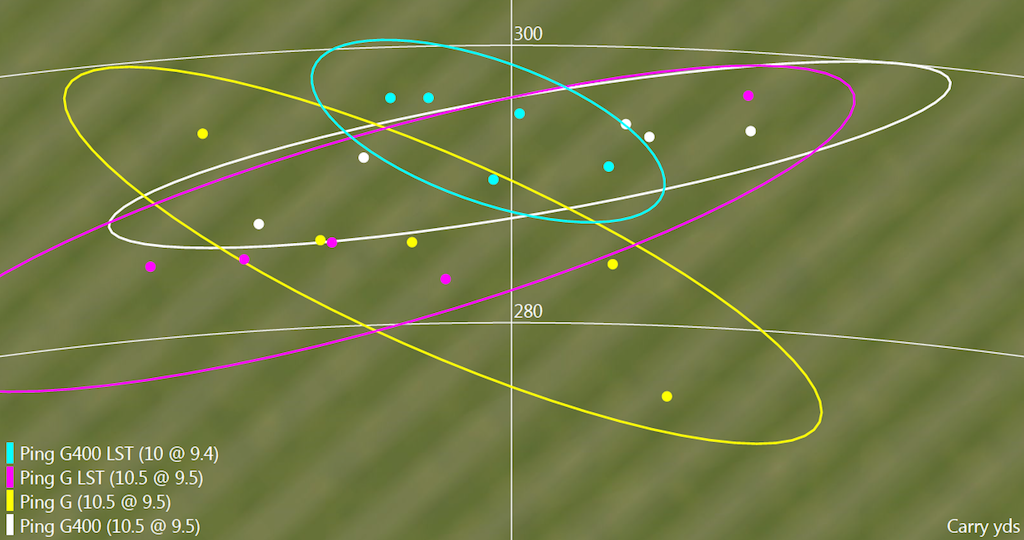
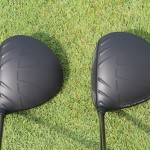
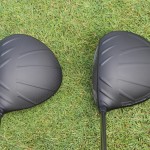
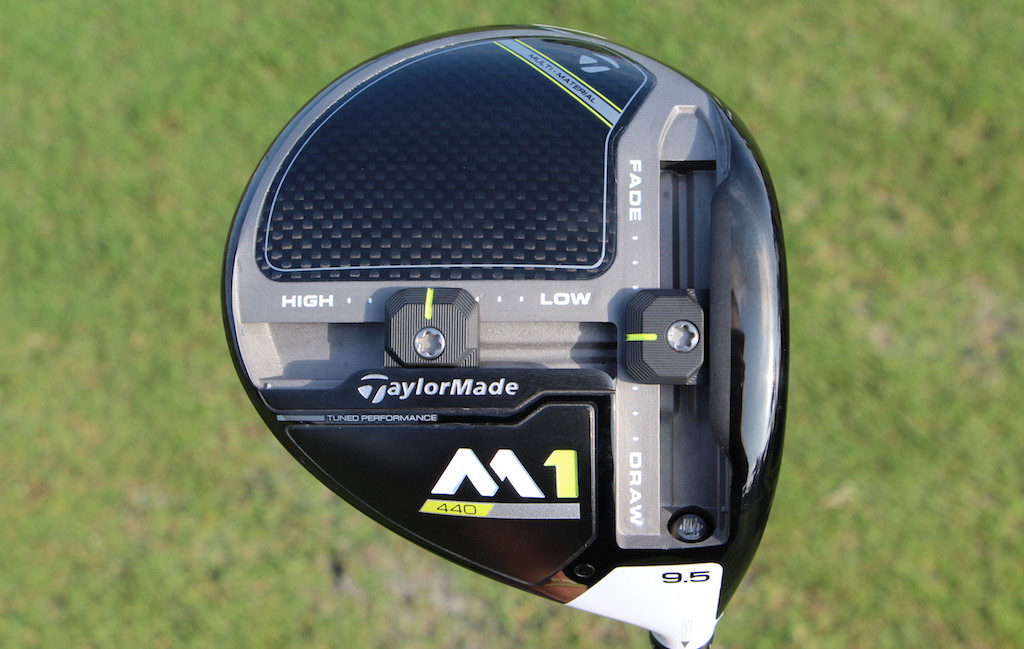













Nocklaus
Feb 2, 2017 at 10:13 pm
I buyed this club mostly because of the shaft. I have read a lot about it and having had some PX’s before I thought it would really be a good match for me. The clubhead seems forgiving and ok for distance, but the shaft I got is totally crap! Nevermind how I orientate it, it performs differently for every shot. The absolut least consistent shaft I ever came across. And it launches the 9* way to high, even when I adjust it to 8*. Nothing even remotely like the real deal shaft. Worst ever. I can cut it and use for extention of another shaft, thats all…
I have emailed both Project X and Callaway about it, but I guess they dont care about their asian market, because neither of them answered.
And please dont talk about clubfitting now, since we dont have it where I live.
Jon
Mar 27, 2017 at 5:35 pm
I feel you. I have a swing speed around 108-110. I use the stiff Project X one mentioned. I am a single digit handicapper and I have tried plenty of drivers before. I love the clubhead, but the shaft is so inconsistent. I highly recommend getting a different shaft because the shaft is stiff and can load differently depending on how you set up the club (in terms of the set up of degrees and loft).
Zam
Feb 13, 2016 at 12:25 pm
My swing speed is over 130 mph with ball speeds well over 200 mph, but I use a regular R flex shaft in my TaylorMade R7. I am so nervous to upgrade. Should I do it?
Max Plasota
May 1, 2016 at 9:48 am
Definitely. I’m switching to stiff shaft soon at age 14, as my average swing speed got up to 100-105 this winter. The biggest hitters on Tour have swing speeds close to 130mph, So if that’s true, you should probably even think about switching to an X-Stiff.
ND
May 21, 2016 at 7:29 pm
I am a certified club fitter. With a seing speed pf 130+ mph depending on launch angle, spin rate, and ball speed; you should be averaging between 320-375 yards. That would surpass dustin johns and Jason Day. You would definitely need an x flex shaft. I would look at a weight of 75 grams as well. If you have a regular flex shaft you should have a HUGE push fade or slice. The xr is a great driver in my opinion, but have not found anything longer for the amateur than the M2. Just my thoughts.
ZIG
Aug 26, 2015 at 2:15 pm
Not having hit either one of these yet Callaway is replacing my Razr X Black driver under warranty with the XR which is awesome of Callaway to do. I asked them about s and x flex because my swing speed is 115-120. I have an ok tempo but I bomb it 280-300+ yards. I don’t always hit them straight and not that consistent. So they upgraded me to the XR Pro X flex. Im a bit nervous as never hitting an X flex or Pro before and I liked the idea of the XR forgiveness. Should I stay with the free upgrade or ask for the XR if im wanting to hit the fairways?
Zag
Oct 8, 2015 at 3:21 pm
I’m sure you bomb it 300+ with 120mph swing speed!!! When do you go on tour?
Zog
Jan 16, 2016 at 1:22 pm
You seem more bothered about his length than the club!!
Glenn kirk
Dec 31, 2016 at 8:09 pm
Lol
Matt
Jun 18, 2015 at 12:47 am
I just a bucket of balls on an open fairway alternating between the XR pro and X2 hot pro driver. Frustratingly, I saw no noticeable difference between the two in difference. Both drivers performed well, but I was actually a little more consistent with the X2 hot pro. I’m disappointed in the XR pro.
Big O
May 16, 2015 at 10:43 am
It’s always a little unsettling when you buy a driver fit for you and THEN see a review of it.
I’m glad to see you liked it almost as much as I did. Again based on my results with the XR Pro head and the stock Project X 5.5 Regular shaft I couldn’t he happier with this driver. For me, it beat everything out there.
I enjoyed the review as well.
Rabble
Apr 23, 2015 at 8:48 pm
Hi Chris,
Quite literally, just this week I went and got fitted at Callaway.
I tried both drivers out. I’m off 7 and definitely not the longest hitter out there. I found that I was hitting the XR Pro 15 yards longer than the XR. There wasn’t even a discussion as to which I should get. I wish I had some info on the shafts but I don’t sorry. I’m using last seasons Nike driver currently bought off the shelf and this was out hitting that by 20 yards. My backspin was over 600RPM less with the XR Pro too than the XR. Couldn’t have been happier with the results. Had similar results with the irons too BTW.
Alex T
Apr 23, 2015 at 6:15 pm
An odd mix of marketing bumph and genuine and helpful insight into both clubs, nevertheless a very good article. Something I noticed though; average swing speed was down by about 1mph with the xr pro compared to the standard model and the cobra- now I couldn’t see any info on shaft lengths for any of the clubs, but could it be that the xr pro has a slightly shorter shaft? (I’d assume so, but I’d like to know its length in relation to the tester’s Cobra). It’s interesting to me that if the xr pro is indeed slightly shorter it’s ball speed and carry both surpassed the standard xr, which potentially could mean better control AND distance (at least on this test’s numbers), which is very tempting to me, especially considering I’m currently gaming the ft optiforce 440. Could the xr pro be the optiforce 440’s long lost child?! One thing I know for sure, that speed step is hideous. Cool article.
Chris
Apr 24, 2015 at 11:19 am
Thanks for the read! Regarding swing speed, I think you have to remember there are a lot of variables in play and for there to be a difference of 1 MPH, that isn’t something I’d read into very much. I do play the Fly Z+ at 44.5 and did demo the other clubs at the stated stock length. That said, if I were to bag either of the Callaway clubs, I’d certainly cut them down and add some head weight to get them at 44.5 and D2 – Hope that makes sense!
Max
Apr 23, 2015 at 3:28 pm
Did you get any info from Callaway on the XR Pro vs the Double Black Diamond? Like is one 100-200 revs less than the other or is the DBD just more adjustable and that’s it? Just curious. I love the way these clubs look at address and will probably impulse buy one at some point this year.
Chris
Apr 23, 2015 at 4:06 pm
Fair question…I didn’t do the review on the DBD and haven’t had a chance to test it against the other Callaway models for this year – That said, and based on how I read the published info, the DBD has the potential to be quite low spinning as a result of all the adjustability – including the gravity core – I would say that’s the primary difference between the two lines.
spazo
Apr 23, 2015 at 12:46 pm
Thanks for posting the LM numbers! It’s very easy to see that this is a much higher spinning driver than your current setup. My swing and ball speeds are similar, although my launch is a bit lower. I have the same problem as you with spin and have seen the best numbers on R15 with GD TourAD MT6x (~2400 RPM at 9 degrees-ish).
solid review!
Chris
Apr 23, 2015 at 2:10 pm
That’s what the journey is all about…finding equipment which works the best for you and your game. The only piece I think some people should remember is that depending on swing speed and desired trajectory, etc. having backspin in the 2400-2700 range may be ideal – So while this set up was a bit high spinning for me, a couple tweaks here and there and I could easily put one (or both!) in my bag.
other paul
Apr 23, 2015 at 9:37 am
I am kind of surprised your gamer spins that high. Shouldn’t it be a lot lower?
Chris
Apr 23, 2015 at 11:45 am
Yep, absolutely! I’m trying a couple different shafts in the Fly Z+ head to address this, but some of it is no doubt swing related…thanks for the feedback!
Desmond
Apr 23, 2015 at 3:51 am
Thanks for the review. Seems as if the stock shaft spins too much for you.
Chris
Apr 23, 2015 at 11:47 am
Totally agree – If I were to go with a stock shaft, I’d opt for the 6.5 in the XR Pro and see how that worked out – The stock 6.0 isn’t quite the right shaft for me, but for the right person, it’s an awesome stock offering. Thanks for the read!